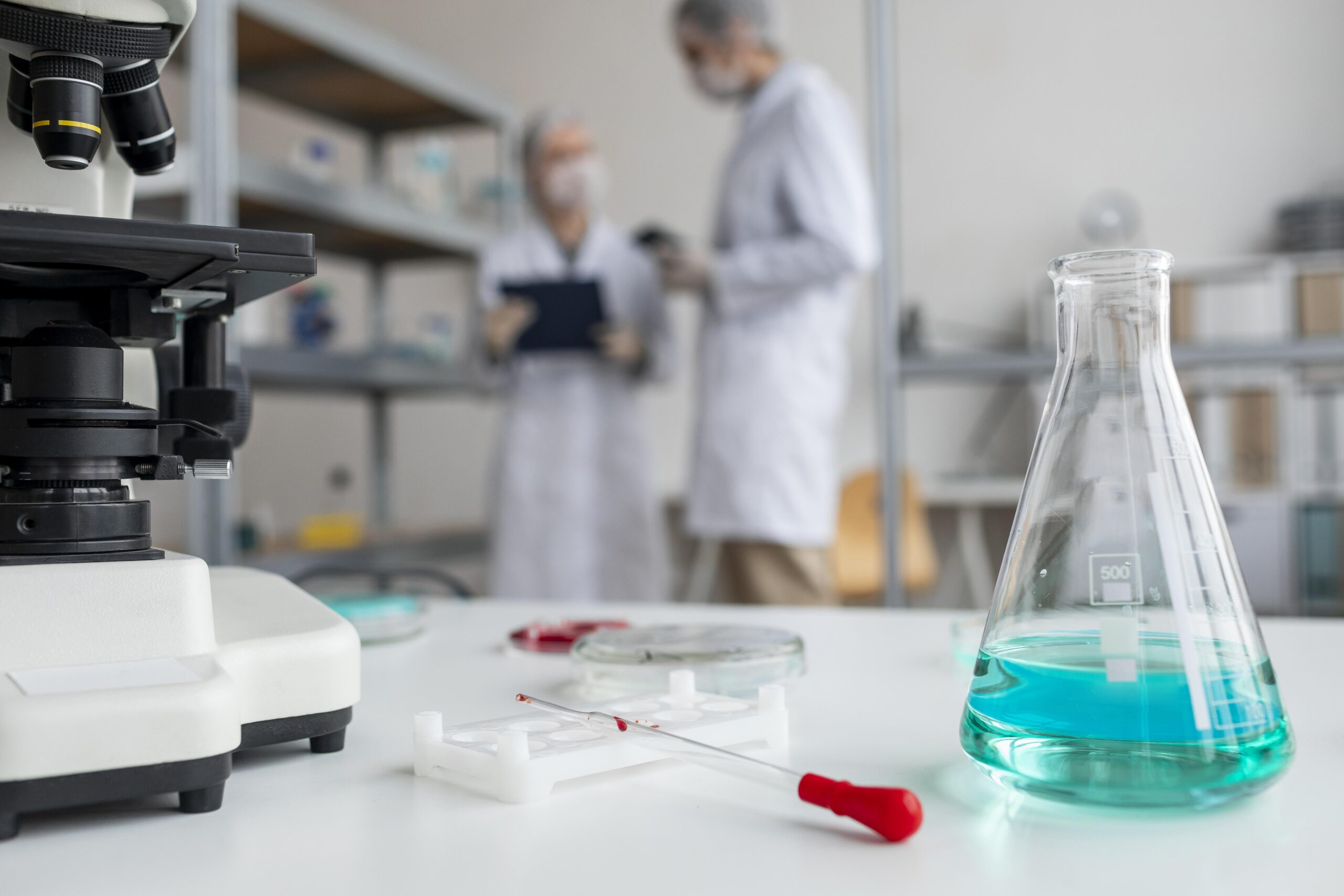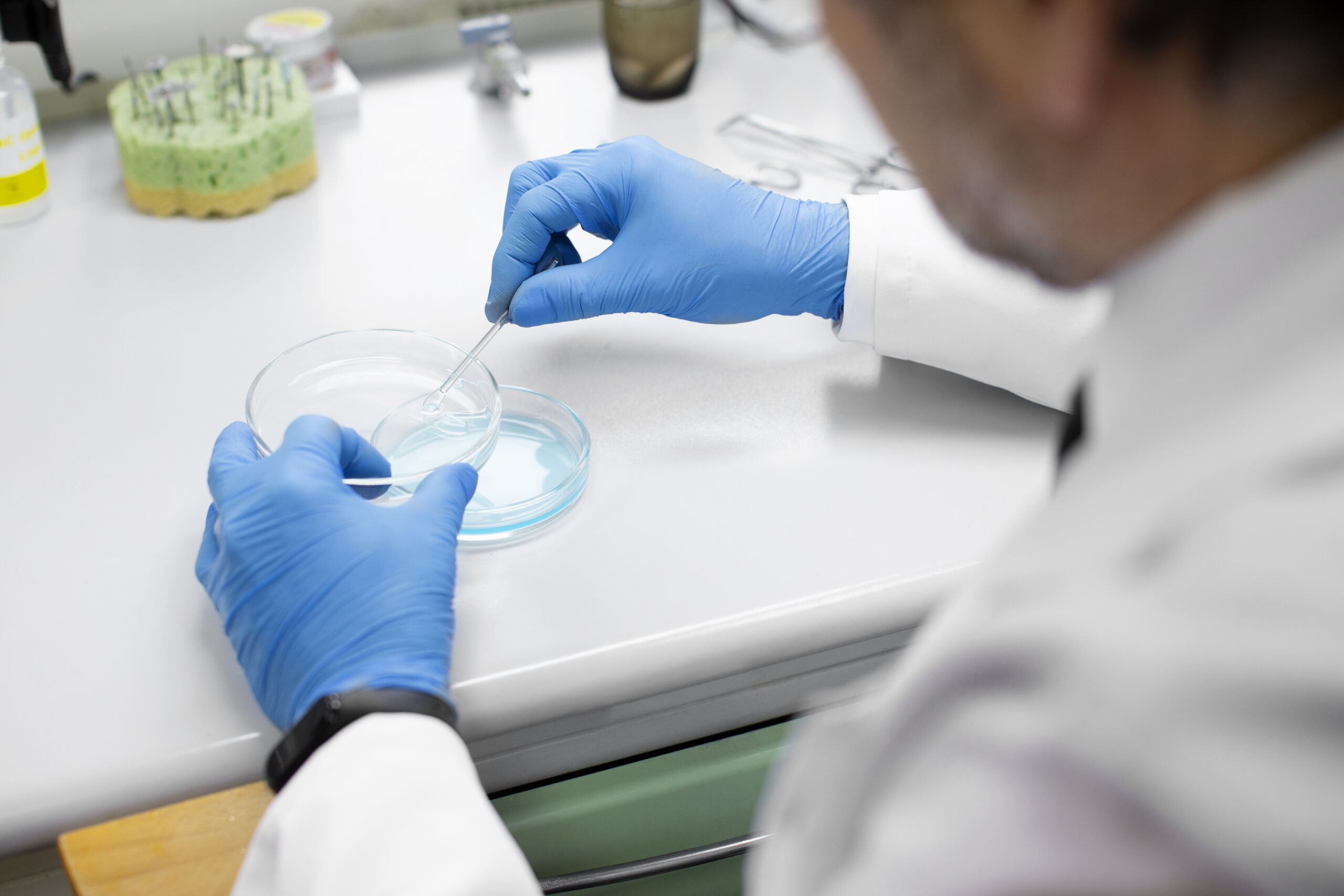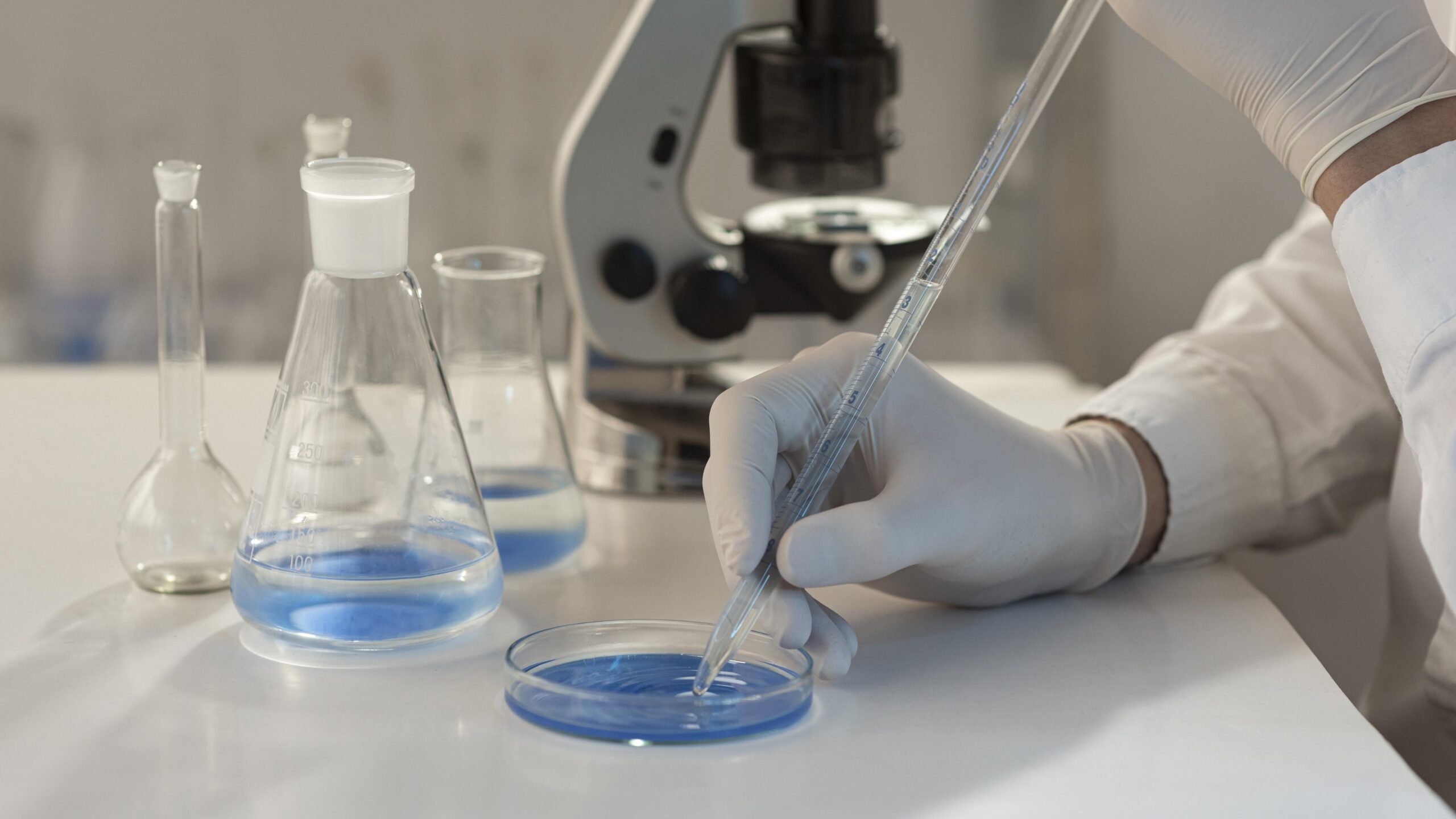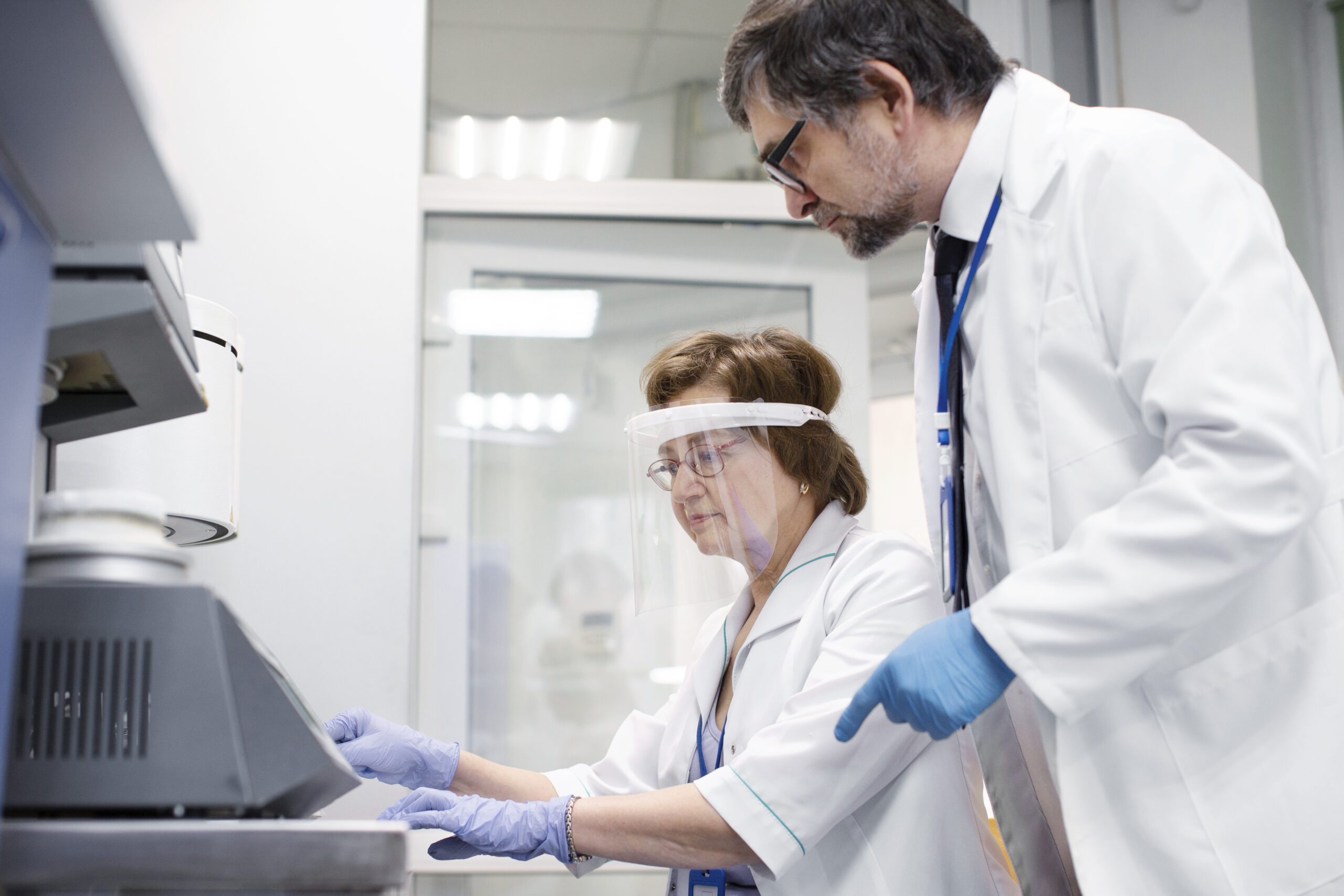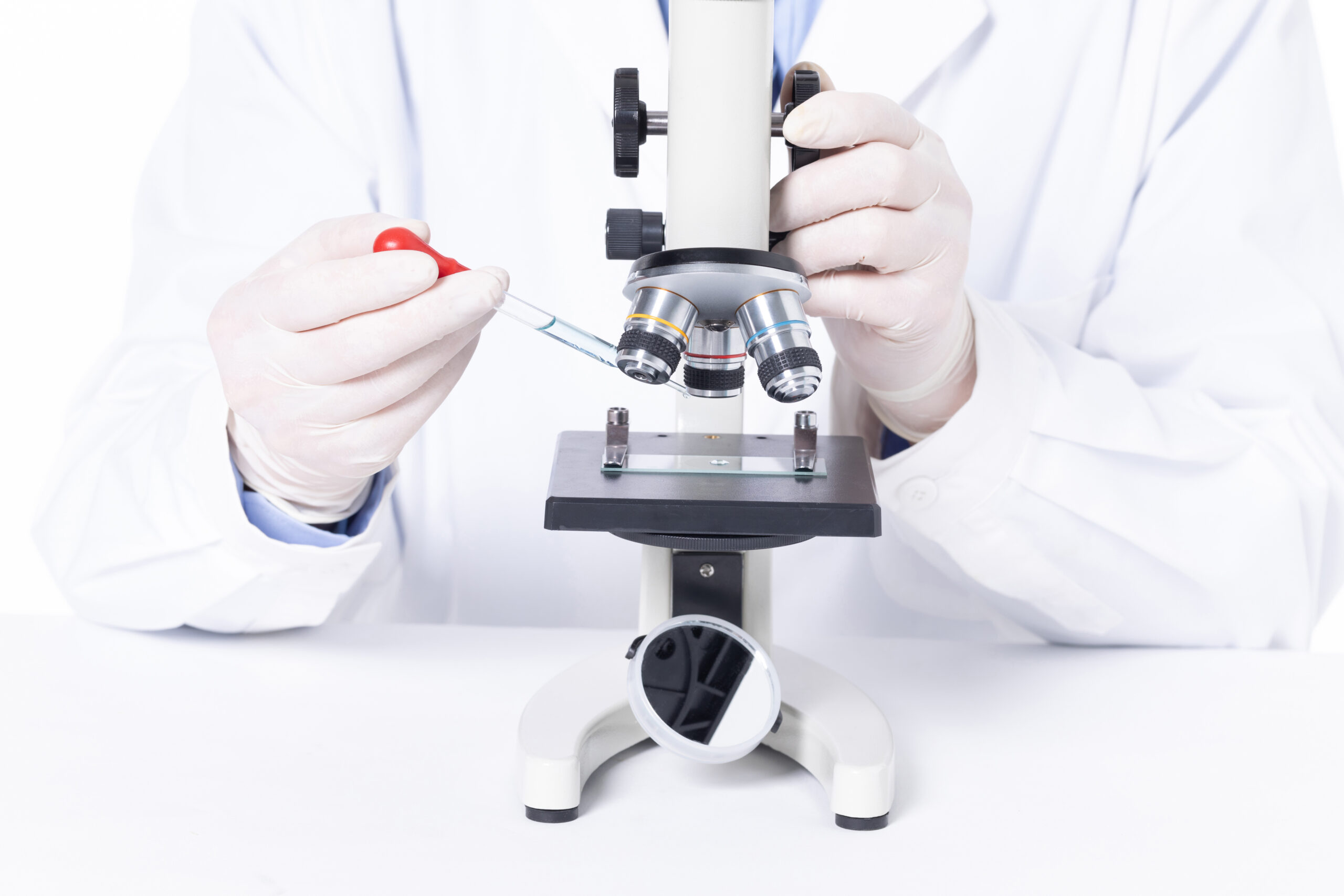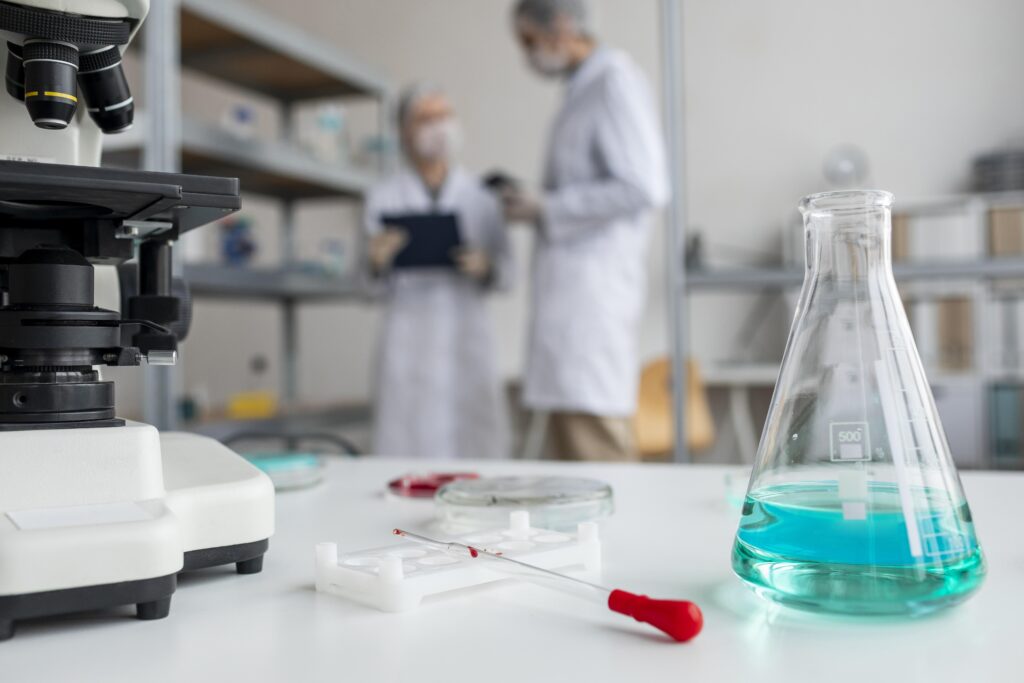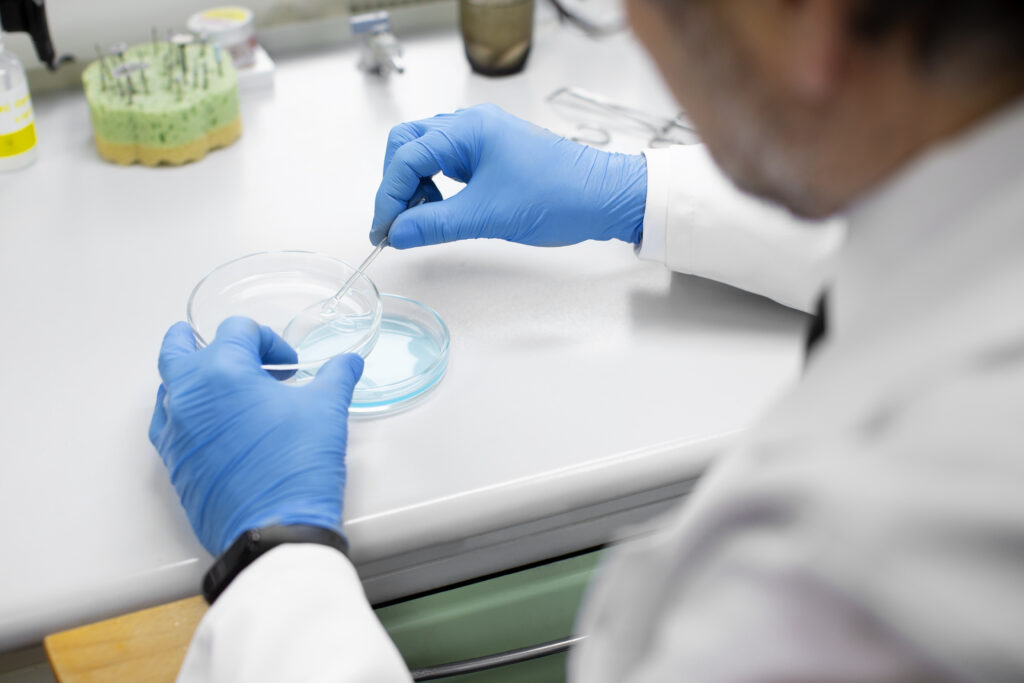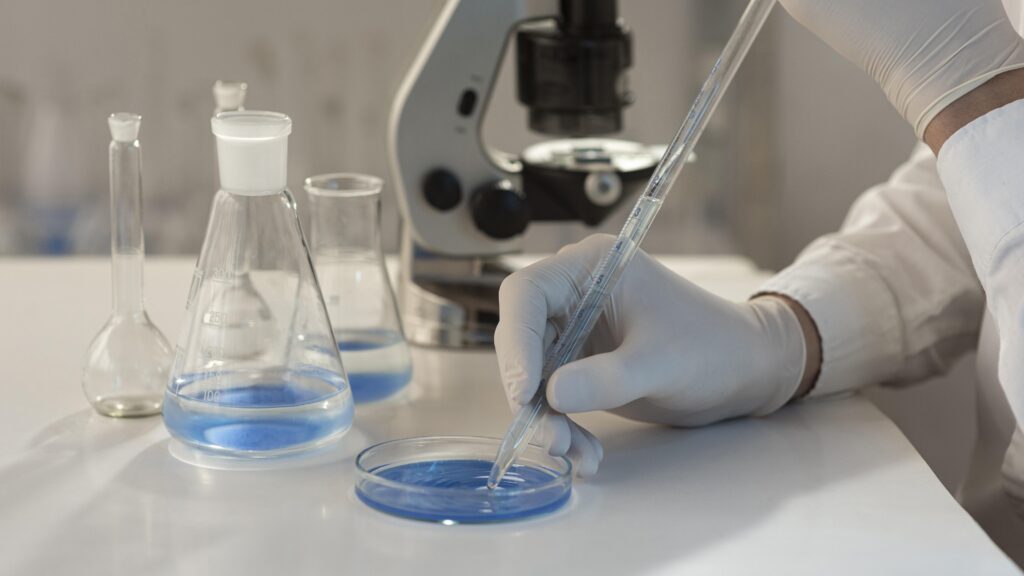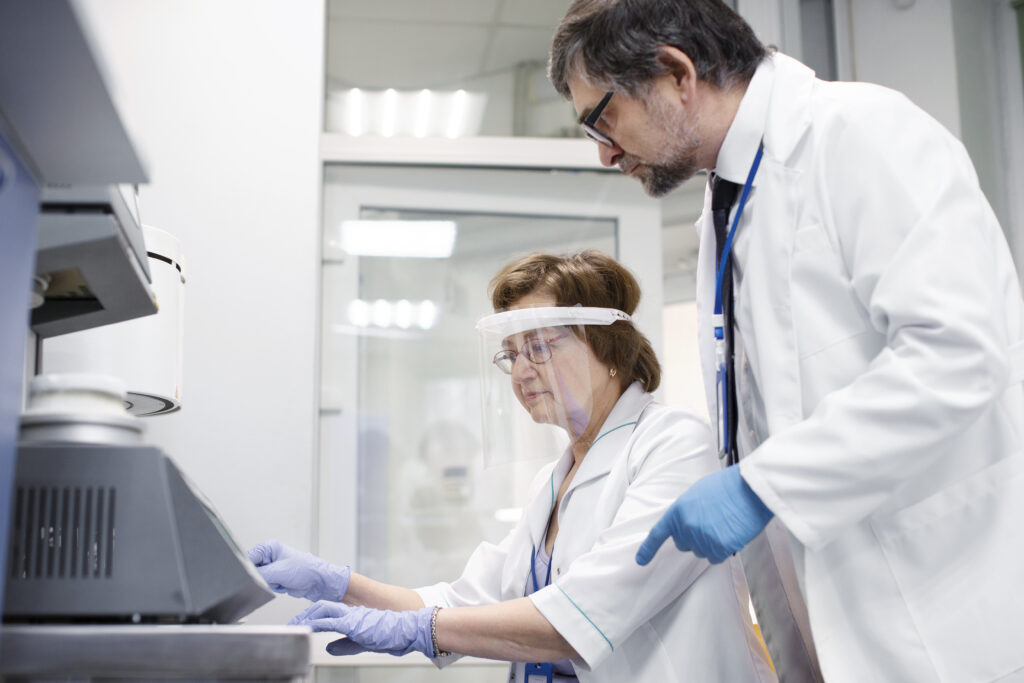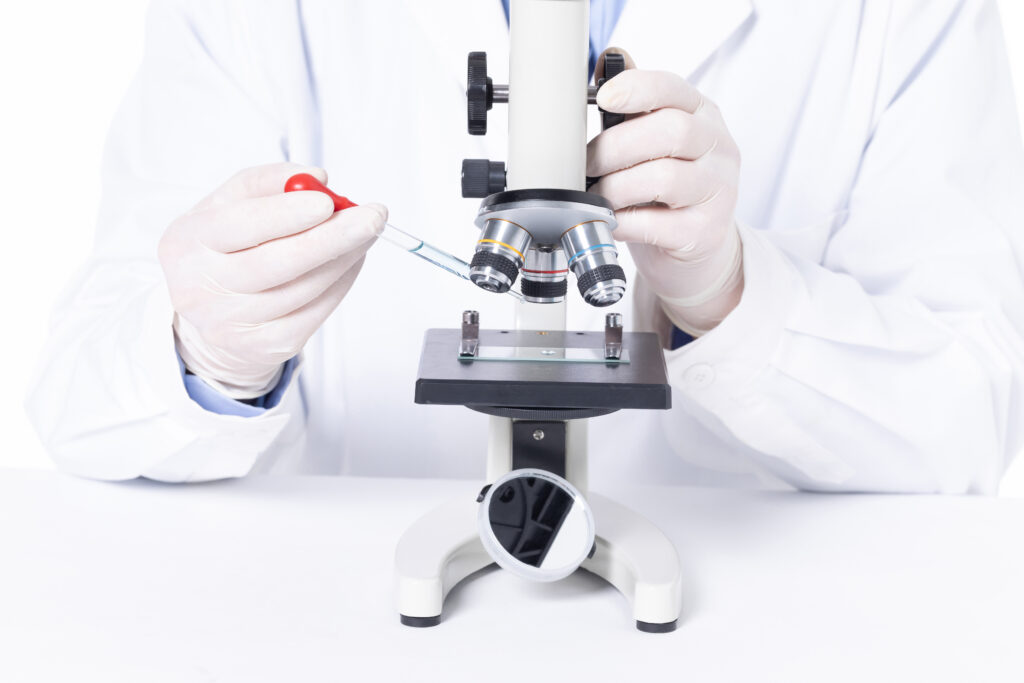In a world where dietary concerns and health consciousness are on the rise, understanding food allergies has become crucial. Food allergy testing, once confined to medical facilities, has taken an intriguing turn toward the DIY realm. Imagine unravelling the mysteries of your body’s reactions to food from the comfort of your home.
The evolution of food allergy testing has mirrored the broader trend of empowered health management. As individuals become more proactive in their well-being journey, they seek ways to take ownership of their health data and decisions. DIY food allergy testing represents a significant stride in this direction, offering a window into the body’s immune responses to specific foods without the need for extensive medical appointments.
The allure of DIY food allergy testing lies not only in its accessibility but also in its potential for customization. Rather than relying solely on general allergen profiles, individuals can tailor their tests to the foods that constitute their regular diet. This personalized approach holds the promise of uncovering sensitivities that might have otherwise gone unnoticed.
In this blog, we delve into the concept of DIY food allergy testing, exploring its benefits, limitations, and the insights it can provide into your unique dietary needs.
The Rising Interest in Food Allergy Testing:
Food allergies have garnered significant attention as more individuals experience adverse reactions to certain foods. These reactions can range from mild discomfort to severe symptoms, prompting individuals to seek answers regarding their dietary choices. DIY food allergy testing has emerged as a potential solution, allowing people to explore their sensitivities with greater autonomy.
From the discomfort of an upset stomach to the severity of life-threatening anaphylactic reactions, the spectrum of food-related responses is diverse and can significantly impact individuals’ quality of life. With the increasing prevalence of these reactions, there is a surge of interest in untangling the complex web of dietary triggers that underlie these symptoms.
In response to this surge in interest, DIY food allergy testing has risen as a potential solution, marking a paradigm shift in how individuals approach their health and well-being. What was once the domain of medical professionals and clinical settings has now become accessible in the form of at-home test kits. These kits promise the ability to unveil hidden sensitivities, empowering individuals to explore their unique relationships with food without the need for frequent doctor visits or elaborate procedures.
The DIY Approach to Food Testing:
The concept of DIY food allergy testing centers around accessibility and convenience. Several at-home testing kits are now available on the market, offering individuals the chance to screen for potential food allergies without the need for a clinical visit. These kits typically include instructions for collecting samples (such as hair, saliva, or blood), which are then sent to a laboratory for analysis.
These at-home testing kits offer a promising pathway for those who seek answers regarding their dietary sensitivities but wish to circumvent the traditional clinical route. The appeal is evident: no waiting rooms, no medical appointments, and no lengthy procedures. Instead, individuals are provided with a streamlined process that allows them to collect samples—whether it’s a strand of hair, a saliva swab, or a blood prick—using the simple instructions provided in the kit.
Once the samples are collected, they are dispatched to a laboratory for analysis. It’s here that the magic happens. The collected samples are subjected to advanced testing methodologies that aim to pinpoint potential allergic triggers.
“Want to learn more about Food Allergy testing? Delve into our previous blog on Food testing for prevention of allergies for new perspectives!”
Benefits of DIY Food Allergy Testing:
DIY food allergy testing offers several advantages. The convenience of conducting tests at home eliminates the need for appointments and waiting times. It can also serve as an initial step for individuals who suspect food allergies, providing insights that guide their dietary choices and lifestyle. DIY testing may offer a preliminary understanding of potential allergens, empowering individuals to make informed decisions.
Foremost among these advantages is the unparalleled convenience that DIY food allergy testing brings to the table. The traditional route of seeking medical appointments, navigating crowded waiting rooms, and enduring lengthy procedures can be a deterrent for many. In contrast, the ability to conduct tests at home presents a liberating shift. Individuals can now sidestep logistical challenges and embark on their journey of self-discovery within the familiar confines of their living spaces.
Moreover, DIY food allergy testing serves as an invaluable initial step for individuals who suspect that certain foods might be triggering discomfort or adverse reactions. It offers a gateway to insights that can guide dietary choices and lifestyle adjustments.
Limitations and Considerations:
While DIY food allergy testing holds promise, it’s essential to approach it with caution. The accuracy of these tests can vary, and false positives or false negatives are possible. Interpreting the results correctly is crucial, as the presence of antibodies doesn’t necessarily equate to a severe allergic reaction. Professional medical advice remains indispensable, especially for individuals with a history of allergies or complex health conditions.
The variability in accuracy that characterizes DIY food allergy testing can stem from multiple factors. The methodologies employed in at-home kits might differ significantly from those used in clinical settings, potentially affecting the reliability of results. Moreover, the body’s immune responses are intricate and multifaceted, making the task of pinpointing specific allergens a complex endeavor. This intricacy introduces the potential for false positives—results that suggest an allergy when there might not be one—or false negatives—results that fail to highlight a legitimate allergy.
Complementing Professional Guidance:
DIY food allergy testing is best viewed as a complementary tool to professional medical advice. Consultation with a healthcare provider or allergist is paramount to deciphering results accurately. A comprehensive assessment that includes medical history, physical examination, and medical tests conducted in a controlled setting can provide a more accurate understanding of food allergies and sensitivities.
The guidance of a healthcare provider or allergist stands as a cornerstone for accurately interpreting the results of DIY food allergy testing. While at-home tests offer a window into the body’s immune responses, medical professionals bring a wealth of knowledge and context that is indispensable for a comprehensive understanding. The intricate nuances of immunology, allergen interactions, and the spectrum of possible responses are well within their purview.
Consulting with a healthcare provider or allergist brings multiple layers of benefits. Their expertise extends beyond the immediate analysis of results; they are adept at evaluating the broader health context.
The Future of Personalized Nutrition:
The concept of DIY food allergy testing reflects a broader trend toward personalized nutrition. As the field of nutritional genomics advances, the intersection of genetics, lifestyle, and dietary choices promises a more tailored approach to optimal health. DIY testing could serve as a preliminary step in this journey, potentially guiding individuals toward diets that align with their unique genetic makeup.
The landscape of nutritional genomics is one marked by both promise and possibility. This field delves deep into the intricate interplay between our genes and our diets, unveiling how genetic variations influence our responses to different nutrients and foods. As our understanding of this relationship expands, the potential for designing diets that are not only healthful but also precisely suited to our individual bodies comes into view.
In this landscape, DIY food allergy testing assumes a dual role. It offers a preliminary window into how our bodies might react to certain foods, aligning with the ethos of personalized nutrition. The insights it provides can guide us toward dietary choices that minimize potential sensitivities and discomfort.
Conclusion:
DIY food allergy testing at home adds a layer of accessibility and empowerment to the realm of dietary awareness. While it may offer valuable insights, it’s crucial to approach it with a balanced perspective, understanding its limitations and the importance of seeking professional medical guidance. In a world where dietary choices impact well-being, the evolution of food allergy testing underscores the potential for individuals to take control of their health journey, one bite at a time.
SMSLA is a leading analytical and food testing laboratory in India that provides comprehensive, prompt and reliable testing services for food allergens, additives, contaminants, and more. With their cutting-edge techniques and cutting-edge facilities, they guarantee precise and dependable outcomes, empowering both individuals and businesses to navigate the labyrinth of food safety and excellence.
By spotlighting SMSLA as a leading analytical and food testing lab in India, we take a stride towards curbing food allergies, sensitivities, and bolstering public well-being in the most delectable way possible.


